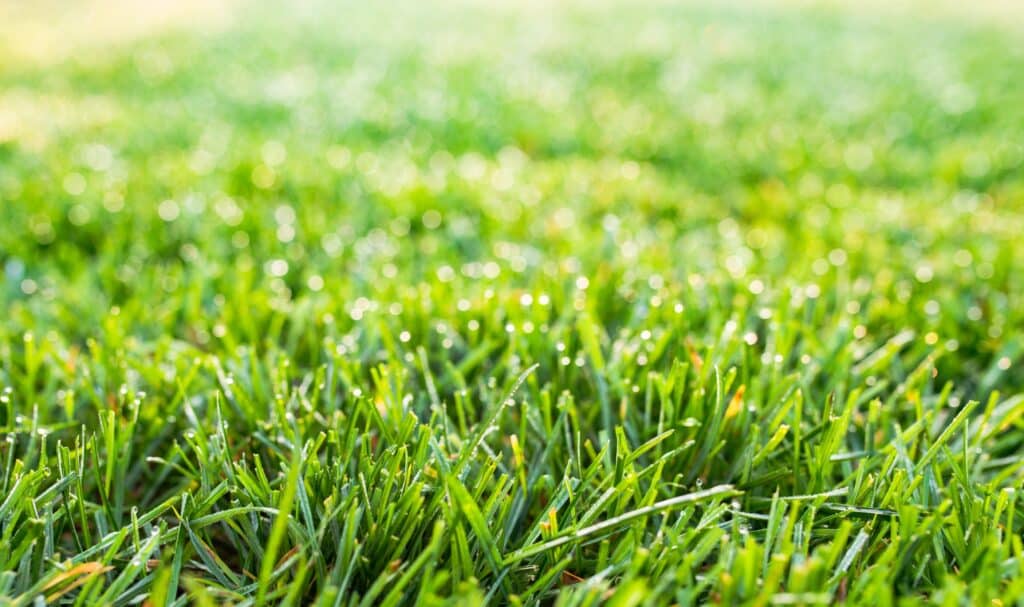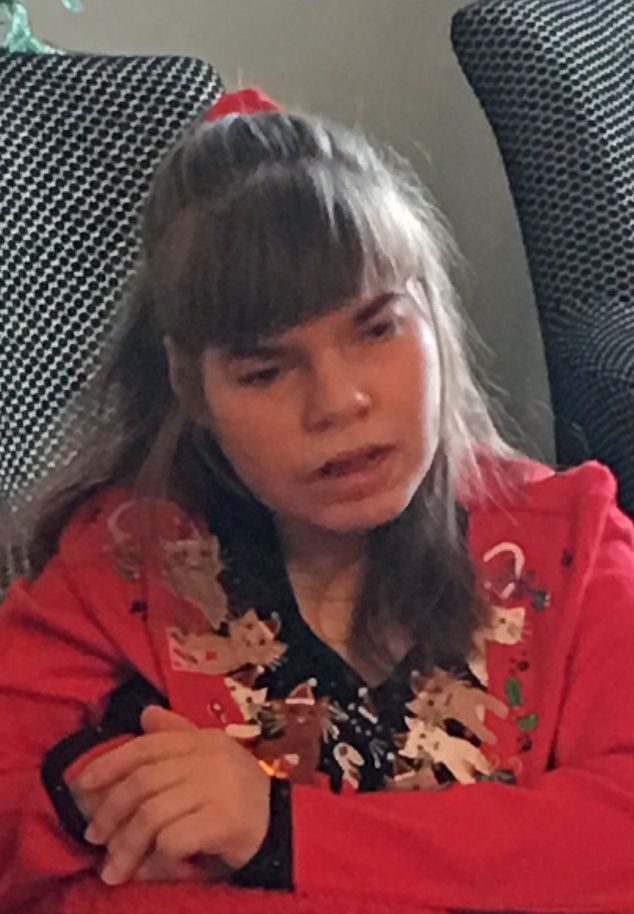Not your grandparents’ fescue: Turf-type tall fescue for a low-maintenance lawn

MACOMB, Ill. — Homeowners are seeking lawns that are considered more sustainable than conventional lawns.
I often get questions regarding eco-lawns or no-mow lawns, which are great options for certain situations. However, if you have kids, or pets, or intend to use your lawn, it is recommended we stick to a more traditional lawn approach. So, are there any cool-season turf species that will tolerate our use of the lawn and require fewer inputs? Let’s examine tall fescue.
In the past tall fescue (Schedonorus arundinaceus) has been known as a pasture grass. The mainstay lawn grass species in Illinois has and continues to be Kentucky bluegrass (Poa pratensis), however, that is changing.
The pasture-type tall fescue would be an undesirable lawn grass. The leaf blades are wider, giving a coarser texture compared to Kentucky bluegrass. But tall fescue has some desirable characteristics such as drought tolerance and the ability to grow even in poor soils or low fertility. Because of this resilience, turf breeders have been working to alter the leaf shape of tall fescue to resemble Kentucky bluegrass.
Their efforts have been met with success, and for the last couple of decades, we have seen a new type of tall fescue on the garden center shelf called turf-type tall fescue (TTTF). When it was first released, TTTF still had a wider leaf than Kentucky bluegrass, therefore, most recommended keeping these two species separate in the lawn because of the contrasting leaf textures (fine vs. coarse).
Today it is common to see lawn seed mixes that contain both Kentucky bluegrass and TTTF. While the two species are still not an identical match, the difference in texture is unlikely to bother most homeowners. For the diehard lawn people and commercial turf companies, they continue to keep these species separate.
What makes TTTF resilient to drought and harsh site conditions is that it develops a larger root system than Kentucky bluegrass. TTTF is also tolerant of partial shade and withstands temporary flooding. Because of these qualities, TTTF is becoming the bread-and-butter of the turf breeding industry.
Is it all rainbows and lawn stripes with TTTF? You probably were wondering when the negative points of this lawn species were going to pop up. So here are a few cons of TTTF:
- It is a bunch grower – this means it will not knit together like Kentucky bluegrass after it is damaged and will need to be reseeded.
- The seed is 10 times larger than Kentucky bluegrass – When seed is sold by the pound (and it is!), you won’t get as much coverage and will probably be paying more for TTTF.
- Very low mowing (less than 2 inches) is not conducive to TTTF. A good mow height for TTTF is 4 inches.
- TTTF is very susceptible to a few damaging diseases – brown patch, red thread, and gray leaf spot.
When shopping for TTTF there are many varieties to choose from. However, if you are at the farm store, be sure you avoid purchasing Kentucky 31 for home lawns. Kentucky 31 is pasture-type tall fescue and not Kentucky bluegrass or just a cheap TTTF. (I know, it’s confusing!) What are some of the top TTTF varieties? Check out the Good Growing blog online for the top 10 TTTF varieties trialed in 2021 at go.illinois.edu/GoodGrowing.
Miss Clipping Out Stories to Save for Later?
Click the Purchase Story button below to order a print of this story. We will print it for you on matte photo paper to keep forever.

